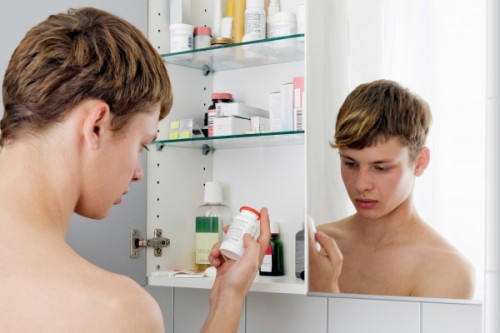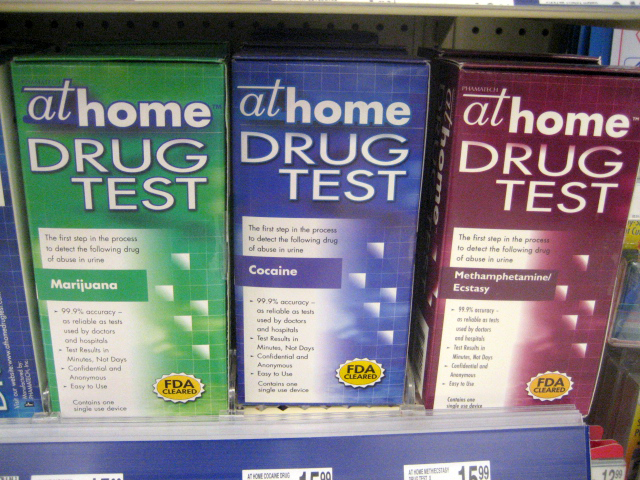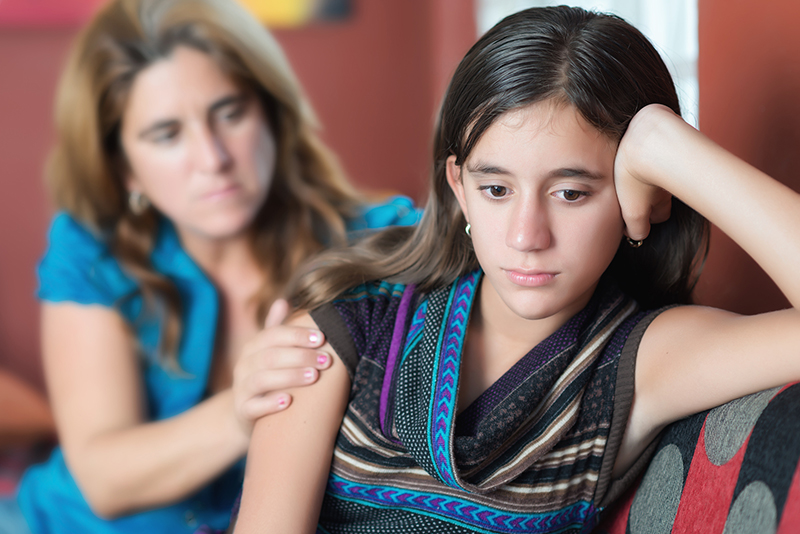Drug Testing For Adolescents – New Guidelines
It’s hard to believe that this article has been sitting in my “to do” basket for over a year but it has, since last May (2014) when the Academy released the updated guidelines on adolescent drug testing.
Home adolescent drug testing
The American Academy of Pediatrics (AAP) completed its extensive review of the whole adolescent drug testing research and epidemiological statistics issue to update their guidelines after other agencies did there’s and which had seemed a bit to “invasive” to them.
In fairness to me, I thought the opening paragraph of the article I was reading was wrong so I set it aside to research further. The topic of drug testing is definitely critical for parents to understand and apply in their parenting, especially of teens. It’s just that when it said “it’s invasive, yields limited information and can be easily misinterpreted” I wondered if we were talking about the same thing.
Only some methods of drawing samples are invasive, certainly not the kits made for home use – unless someone considers “invasion of privacy.” And, it yields just the information it’s intended to test for just like any other test we use. However, results CAN BE easily misinterpreted by non-medically trained people (which most parents are.)
Involuntary drug testing
As the leading advocate for children’s health, at least in the US and possibly the world, the AAP has stood (along with other agencies) against involuntary drug testing for some time.
That attitude has been in effect all the while teen drug use has escalated to the point of absurdity – tragedy to teens, anguish to parents and disgrace to those tasked with social health issues. It’s no wonder that many agencies feel that they must take another look at everyone’s stance.
Obviously there are a few instances where most agree that involuntary testing IS appropriate and even critical:
The term “involuntary” however is, at least to many parents, is a significant issue. And, I think anyone who has raised a teen might be scratching their heads and wondering “just how much of ANYTHING that we want a teen to do, do they do ‘voluntarily?'”
So I don’t think we’ve heard the last of this discussion, merely for the fact that making blanket statements and policies haven’t yet offered anything that “rings true” as a definitive answer to this.
Home drug testing of teens
The revised guidelines released in May by the AAP state: “The AAP does not endorse home drug testing because there is limited evidence that it reduces drug use, it has significant potential for parents to misinterpret the tests, and it has strong potential for damage to the parent–child relationship.”
I agree totally with that statement. Really, who wouldn’t? The AAP has more right than most to offer an endorsement or not and the issue of home testing is so fraught with dangers and complications that no pediatrician should really desire to undertake the task of cleaning up the mess in the wake of the problems it causes.
However, you should know that drug testing HAS been shown to reduce drug use. It’s just that there is “limited evidence” (yet) that “home testing” reduces drug use. Perhaps it hasn’t been on the market long enough?
The other two rationales are spot on though: there is tremendous potential for misinterpretation; and, it has “humongous” potential to damage your relationship with your child – even over and above what the drugs you suspect are already doing.
And, I really have to say: if a parent is suspecting drug use why on earth wouldn’t they want to put their efforts into coercing the kid into going to the doctor where any drug tests can be “blamed” on him/her?
Drug testing in a pediatricians office
With the non-endorsement of home testing made, the updated AAP policy statement goes on to set standards for testing in the pediatricians office.
Urine Tests
Urine tests are the most widely used and are well standardized. Someone on the committee still feels like they should be considered “invasive” but most of us would not do so in the strict sense of “invading” a persons body. (I guess unless you got the sample by catheterizing the teens bladder.) The samples are highly susceptible to tampering.
The most reliable method is for direct observation of the collection. More complicated, difficult and reliable techniques are to ban coats, bags etc. etc. etc. from the collection room which is specially equipped without running water, soap or other chemicals, cabinets and other hiding places and which has the toilet water tinted.
The clinician should then immediately document the specimen’s appearance, color and temperature within 3-4 minutes in order to identify any “cheating” with dilution or substitution. Even with all this however, patients have been known to catheterize themselves and implant a “clean donor’s” urine into themselves before giving a sample.
Saliva and Sweat Tests
Saliva and sweat testing provide information similar to blood testing but are less invasive and do not require extensive training to collect samples. Saliva tests can detect recent drug use (ie, within 24 to 48 hours) which can be before a urine test may detect it, and a saliva sample has less chance of contamination.
Blood Tests
Blood tests are most useful for detecting alcohol and other drug use within the last 2 to 12 hours. They are most reliable when correlated with the patient’s level of impairment and morbidity in the emergency situation. They are more expensive because training for collection is costly.
Hair Tests
Hair testing detects use over an extended time (months) but not for the previous 7 to 10 days. Hair needs to be shaved as close to the scalp as possible because only the first 3 cm is used for testing. Collection is easily observed, and samples are not easily tampered with, although hair products can affect drug concentrations.
General Recommendations for Drug Testing
Even testing done on teens seen in the pediatrician’s office can be a bit complicated. And, frankly, many pediatricians don’t do a lot of it.
The training of a pediatrician involves extensive experience in the growth and development of all infants, children, adolescents and young adults. That said, often a teen doesn’t like to be too associated with an office full of younger children and infants so needs some split facilities which some doctors don’t provide.
Parents should recognize and provide for a physician who is adept at dealing with adolescent issues – hopefully before any “crisis” begins. Wherever the testing is done there needs to be definite consideration and planning for some very important points.
Important Discussion and Agreement Points BEFORE Drug Testing
- Discuss who will receive results with adolescents and their parents before ordering a drug test.
- Reach a consensus with responsible adult regarding action plan for both negative and positive results before conducting testing.
- In all cases, the need for information must be balanced with protecting dignity. Alternatives include forgoing a drug test and basing decisions on history and physical examination alone.
- Testing can have a high potential for false-positives and ‘normal’-positives. A patient taking amphetamine and dextroamphetamine for attention-deficit/hyperactivity disorder will have a positive result for amphetamines, which could be misinterpreted as substance abuse. To interpret correctly, a physician must get a complete medical history with details on prescribed medications.
[Pediatrics. Published online May 26, 2014]



